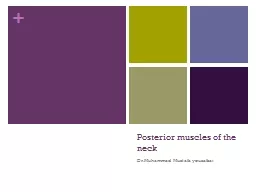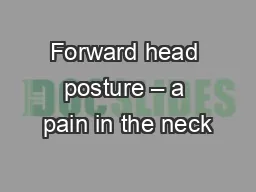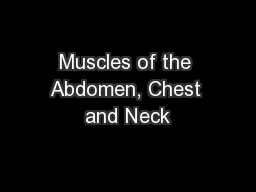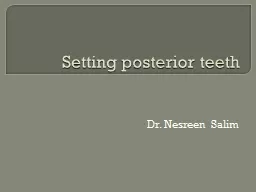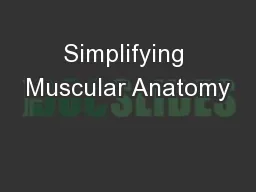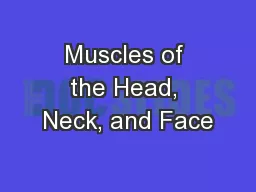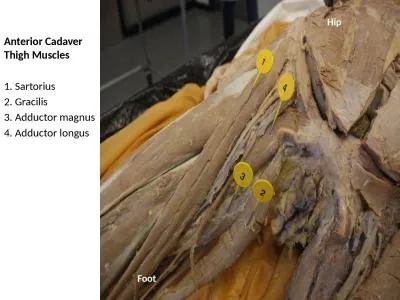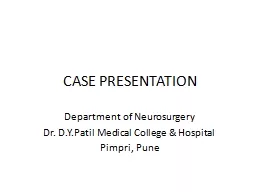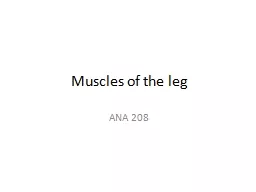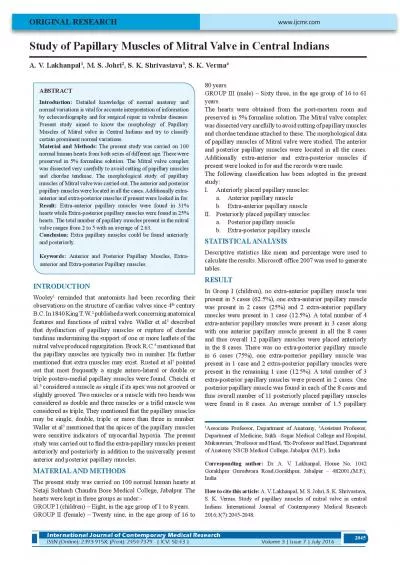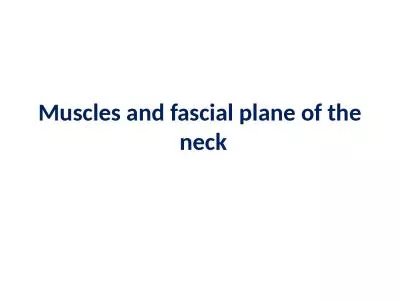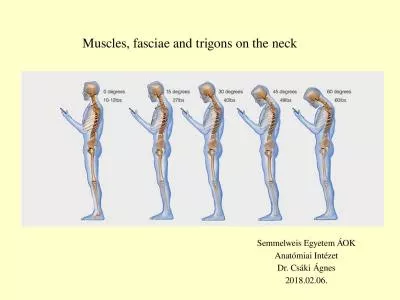PPT-Posterior muscles of the neck
Author : cheryl-pisano | Published Date : 2015-12-07
Dr M uhammad Mustafa yousafzai Different goups of muscles of back Superficial Inter mediate Spinotransversales Erector spinae Transversospinales Segmental back
Presentation Embed Code
Download Presentation
Download Presentation The PPT/PDF document "Posterior muscles of the neck" is the property of its rightful owner. Permission is granted to download and print the materials on this website for personal, non-commercial use only, and to display it on your personal computer provided you do not modify the materials and that you retain all copyright notices contained in the materials. By downloading content from our website, you accept the terms of this agreement.
Posterior muscles of the neck: Transcript
Download Rules Of Document
"Posterior muscles of the neck"The content belongs to its owner. You may download and print it for personal use, without modification, and keep all copyright notices. By downloading, you agree to these terms.
Related Documents

